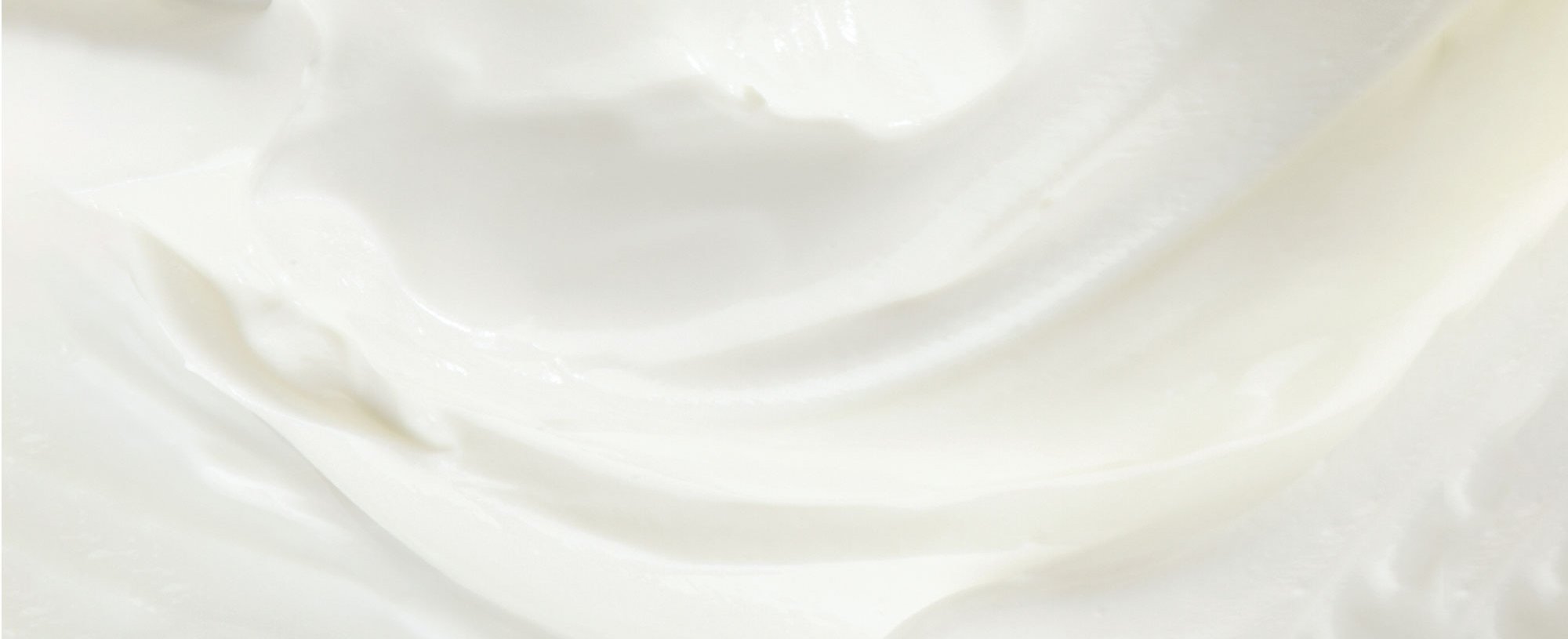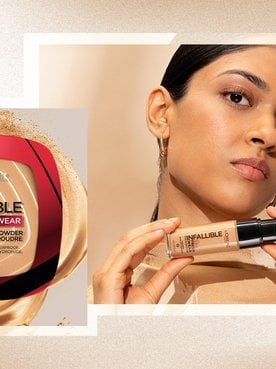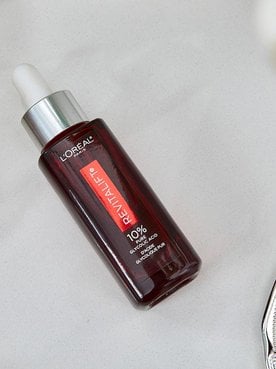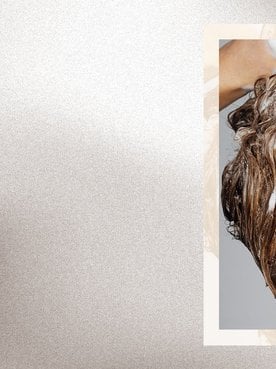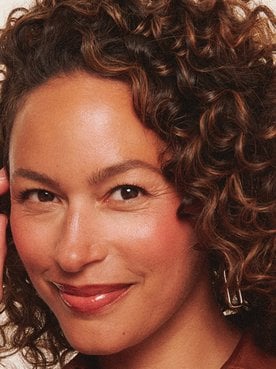Whether you’re a natural hair novice or veteran, you likely know that there are plenty of ways to style your curls, coils, and waves. If you find yourself struggling to manage your strands, you may be seeking an alternative that can make your styling sessions a breeze. This is where a texturizer for natural hair comes in. Texturizers are a popular chemical treatment in the hair-care world that’s known to smooth your strands while maintaining your texture. However, just as with any treatment you fancy, it’s important to know all of the facts before making a full commitment. Keep reading to get the lowdown on using a texturizer for Black natural hair so you can see if it’s right for you.
WHAT IS A TEXTURIZER FOR NATURAL HAIR?
A texturizer for natural hair is a chemical treatment that works to smooth and defrizz your hair while loosening up your curls. The treatment is left on your hair for no more than five minutes. While it’s similar to a hair relaxer, texturizers work to manipulate your natural texture to make your curls more manageable. Think of a texturizer for natural hair as a quick relaxer.
HOW LONG DOES A TEXTURIZER LAST ON NATURAL HAIR?
It’s not news that chemical treatments can have long-lasting effects, so you’re probably wondering how long do texturizers last. You can expect a texturizer for natural hair to last from eight to 10 weeks. After that period, your hair will revert to its natural state, so you’ll need to repeat the treatment to maintain the look. Keep in mind, some people like to wait even longer than two months to get a touch-up. However, this is something that you should discuss with your stylist so you can keep your hair in proper shape.
DO TEXTURIZERS DAMAGE YOUR HAIR?
When it comes to using chemical treatments on your mane, there is always a possibility that damage can occur. No matter how healthy-looking your strands can be, chemicals are known to alter the structure of your hair. So, there is a chance that using a texturizer can have adverse effects on your mane. That said, this isn’t a treatment that you should make a DIY session. Since chemicals are being used, it’s best to leave this treatment in the hands of your stylist. A professional has the proper skills and knowledge to use the best texturizer for natural hair to leave you with your desired results sans damage.
TEXTURIZER VS. HAIR RELAXER: WHAT IS THE DIFFERENCE?
While it’s super common for people to use a texturizer and a hair relaxer interchangeably, there are minor differences between the two that you should know. For starters, a texturizer is considered to be a mild form of an actual hair relaxer. As we mentioned, texturizers are only applied to the hair for a few minutes to help loosen the texture of your curls. So, you don’t have to worry about losing your natural texture during the treatment. Since texturizers are not left on your hair as long as hair relaxers, it can minimize the risk of damage.
On the other hand, the sole purpose of a hair relaxer is to transition your locks from a curly texture to sleek strands. This chemical treatment is typically left on your hair between 10 to 15 minutes. Like a texturizer for natural hair, touch-ups are also needed every eight to ten weeks to keep your silky strands in place.
HOW TO TAKE CARE OF TEXTURIZED HAIR
Now that you’re more educated on texturizers for natural hair, you need to know how to take care of your strands the right way. Consider these four tips below to keep your locks in shape.
1. USE A NOURISHING HAIR CARE SYSTEM
Since your strands have been chemically-treated, it’s best to use nourishing hair-care products that are gentle on your mane to prevent any breakage down the road. Try the L’Oréal Paris EverPure Moisture Shampoo and L’Oréal Paris EverPure Moisture Conditioner. This sulfate-free duo is formulated with rosemary and works to deeply replenish hair with moisture, leaving you with soft, luminous strands.
2. REACH FOR A HAIR MASK
There is no better way to show your texturized mane some extra love than with a hair mask, since this essential can address a variety of concerns such as moisture loss and shine. Swap out your conditioner once or twice a week for the L’Oréal Paris EverPure Repair Remedy Balm. This hydrating shower essential boasts a rich formula that deeply penetrates your mane to restore strength and brilliance strand by strand.
3. PROTECT YOUR STRANDS AT NIGHT
Sleeping on harsh fabrics can cause friction as you toss and turn at night. In turn, this can lead to hair breakage and cause frizz. Consider switching to a satin or silk pillowcase to protect your strands while you sleep. You can also opt for a silk or satin bonnet to provide your mane with extra protection.
4. ALWAYS VISIT YOUR STYLIST FOR TOUCH-UPS
While there are plenty of at-home texturizers on the market, this is a treatment that’s best left to the pros. Some texturizers can be formulated with different ingredients that can change the appearance of your hair. So, be sure to always book an appointment with your stylist.
IS TEXTURED HAIR CONSIDERED NATURAL HAIR?
While a texturizer for Black natural hair has become a staple for loosening curls, there is a debate about whether or not you actually have natural hair. The truth is, once you introduce chemicals into your mane, you’re no longer natural. Having natural hair is all about the hair that grows out of your head before applying any chemicals. So, if you pride yourself on being natural, a texturizer may not be the best option for your mane.
Next: 7 Tips For Transitioning Natural Hair
